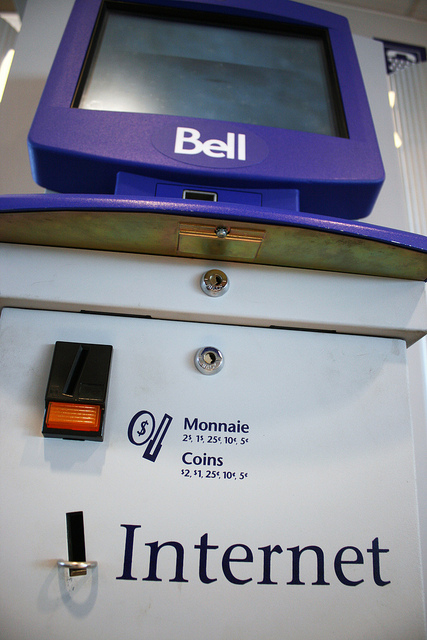0
There are some days I wish I could travel back in time and “fix” the time I wasted through an hour, a day, or a week working on something that really wasn’t worth my time, or just wandering through links on the Internet, looking at things I don’t really (ultimately) care about. My time management skills are, honestly, often lacking. There doesn’t seem to be a way, does there, though?
 Or maybe there is. Let’s twist our brains a little and think about it this way. Tomorrow is going to be the day we wish we could travel into from the day after tomorrow to fix, right? So what if we did reverse time travel and fix tomorrow today? Sure, sounds nice, but how? The answer might seem a little trivial, but it’s only apparently trivial, rather than trivial in real life.
Or maybe there is. Let’s twist our brains a little and think about it this way. Tomorrow is going to be the day we wish we could travel into from the day after tomorrow to fix, right? So what if we did reverse time travel and fix tomorrow today? Sure, sounds nice, but how? The answer might seem a little trivial, but it’s only apparently trivial, rather than trivial in real life.
Once answer is the humble todo list. I know, you’ve made one of these before—in fact, you probably already have one, don’t you? And it’s never really helped, right? Well, let’s see if we can figure out how to supercharge to make it a bit more effective. To begin, we have to try to understand how a todo Continue reading
 Operator is “in talks” with global operators to accelerate 3GPP Standard.
Operator is “in talks” with global operators to accelerate 3GPP Standard. Or maybe there is. Let’s twist our brains a little and think about it this way. Tomorrow is going to be the day we wish we could travel into from the day after tomorrow to fix, right? So what if we did reverse time travel and fix tomorrow today? Sure, sounds nice, but how? The answer might seem a little trivial, but it’s only apparently trivial, rather than trivial in real life.
Or maybe there is. Let’s twist our brains a little and think about it this way. Tomorrow is going to be the day we wish we could travel into from the day after tomorrow to fix, right? So what if we did reverse time travel and fix tomorrow today? Sure, sounds nice, but how? The answer might seem a little trivial, but it’s only apparently trivial, rather than trivial in real life.

